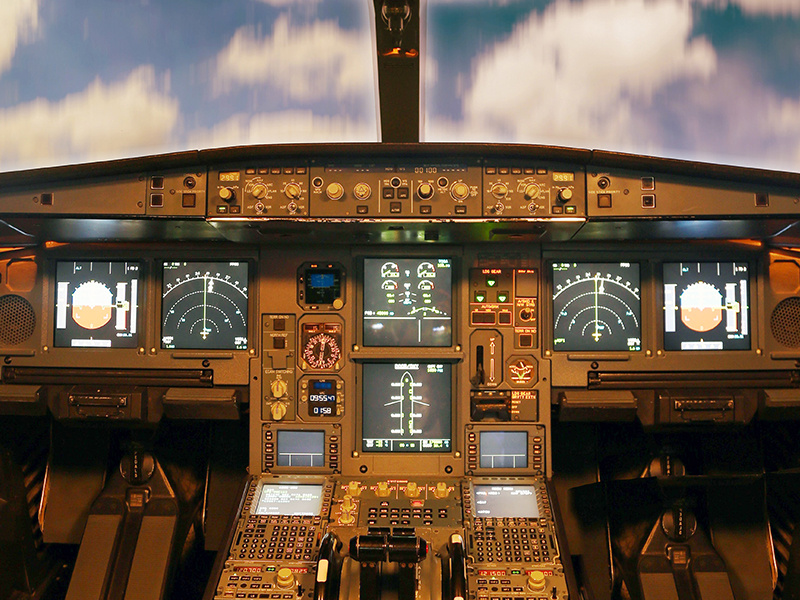


Just like how musicians have their instruments, pilots have theirs, too. And you, aspiring pilot, need to know your basics. Here’s an overview of what you can learn when you start your pilot classes.
Airspeed Indicator (ASI)

This instrument measures the airflow coursing around the plane while the plane is in flight, and in effect, gives a measurement or a reading of how fast the plane is moving through the sky.
There are three basic colors used in the ASI: green, yellow, and red.
Green indicates that the current speed of the aircraft is within its means. Meaning the rate of speed that the aircraft is currently experiencing is well within the limits it has been designed to do. Yellow is a cautionary color that means the aircraft is travelling at speeds beyond its design. Yellow is followed by the color red which signals a speed limit designed for the aircraft. Going beyond this speed will cause damage to the aircraft and possibly risk the lives of all on board.
Attitude Indicator (Artificial Horizon)

Simply put, this instrument depicts the position of the aircraft in relation to the horizon. This instrument shows if the wings are level and if the plane is climbing or descending.
There will be a little airplane-looking icon that will move in the same manner that the actual airplane moves in relation to the horizon. It will dip and rise as does the aircraft with a background of either blue, depicting the sky, or brown, depicting the ground.
Altimeter

This instrument displays the airplane’s current altitude in relation to Sea Level.
The Altimeter has three hands that tell different measurements of distance the plane has at any given point. The designs in the instruments may vary depending on the plane, but the three hands measure in hundreds, thousands, and ten thousand feet.
Vertical Speed Indicator (VSI)

The VSI measure the speed of a plane when it is vertical to the ground. This happens when a plane climbs and when a plane descends, called Rate of Climb and Rate of Descent.
Normally read alongside the Altimeter, the pilot can see if the plane is climbing or descending steadily in a steady altitude.
Heading Indicator (Direction Indicator)

The Heading or Direction Indicator shows the complete compass view of the plane. It shows the current direction of the head of the plane as the plane moves about its flight path.
The outline of the plane is set in the middle, and turns accordingly much like a compass, around a 360 degree scale with directional markings being North, South, East, and West.
Turn Coordinator

This device shows how much you bank, turn, or tilt the wings of the plane. It also indicates if a plane is skipping or skidding in terms of its level flight. This means that even if a plane is turning, it should still be at a certain level.
The illustration of a plane’s wings will be centered if the flight is coordinated even when turning. When the plane’s wings are not centered, the pilot must make adjustments to re-center the plane.
Now that you have the basic overview of what you will read on the day to day, it is time to go deeper and learn more. WCC Aviation is a flight school that has the facilities for you to expand your knowledge of piloting and will give you the fundamentals to become the best pilot you’ll ever be! Visit their site at: http://www.wccaviation.com/
The information contained in this website is for general information purposes only.
While WCC Aviation Company endeavors to keep the information up to date and correct, we make no representations or warranties of any kind, express or implied, about the completeness, accuracy, reliability, suitability or availability with respect to information published in this website.
Click here to read the Privacy Statement in full